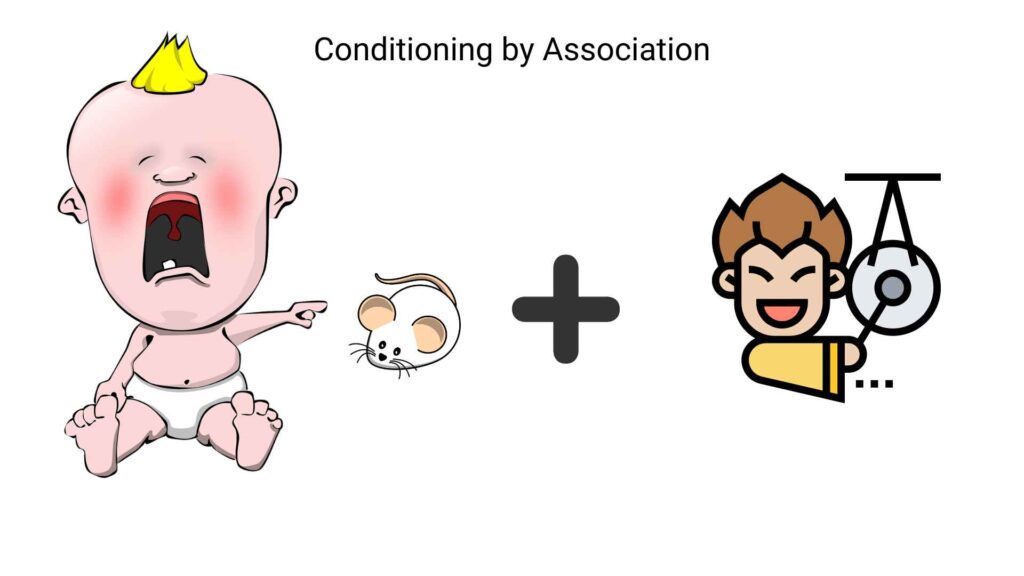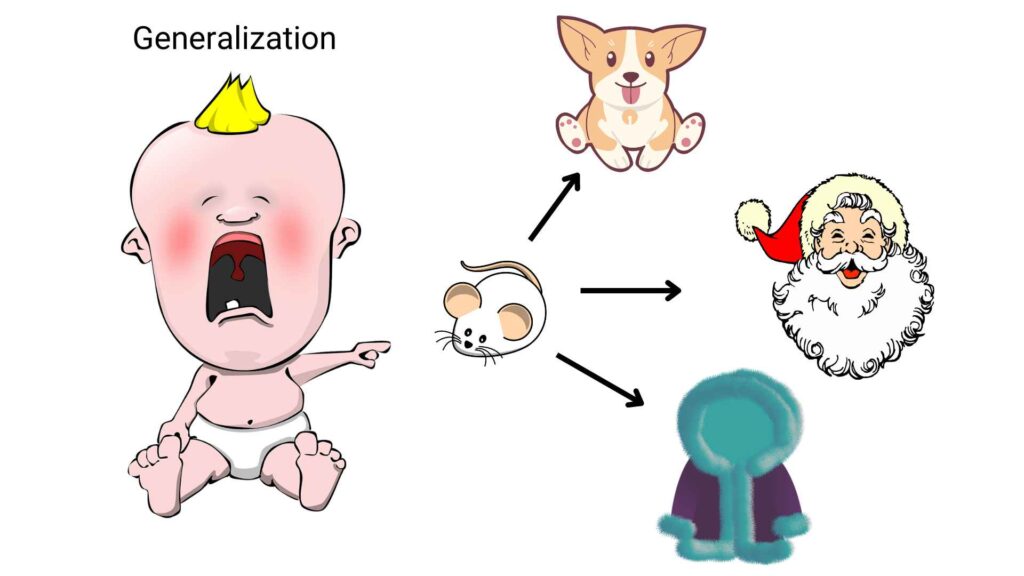Discover comprehensive information for all aspects of sexual health and find resources and guidance to empower your sexual well-being.
Erectile dysfunction (ED) is a common condition affecting men, often characterized by the inability to…
Discover comprehensive information for all aspects of sexual health and find resources and guidance to empower your sexual well-being.
Erectile dysfunction (ED) is a common condition affecting men, often characterized by the inability to…
Achieving and maintaining a strong penile erection is a common concern for many men. It…
Erectile dysfunction (ED) is a condition that affects many men worldwide, leading to significant stress,…
Painful erections never indicate normalcy, and sometimes signal a medical emergency. Severe pain may necessitate…
Prostate health is a critical concern for men, especially as they age. The prostate gland…
Erectile dysfunction (ED) is a condition that many men face at some point in their…
Commitment issues can often manifest in romantic relationships, work, and other personal or professional spheres.…
In 1920, behaviorist John B. Watson built on Pavlov’s work on Classical conditioning by investigating if these principles would apply to humans.
Watson believed that behavior was both predictable and controllable, asserting that it always resulted from conditioning. He rejected the existence of innate behavior or instincts, insisting that every aspect of behavior was learned through experience.
He and his colleague Rosalie Rayner conducted a controversial study where they deliberately conditioned an infant known as Albert B. to be fearful of small animals.
Related: Pavlov’s Dog Experiment
Table of Contents
ToggleUndoubtedly, Watson’s most well-known experiment is his research on a baby referred to as Little Albert, which is not necessarily remembered in a positive light.
Although it effectively demonstrated his conditioning principles, it is difficult not to feel uncomfortable with the harm it caused the child.
The infant was identified as Albert B. He is now believed to have been Douglas Merritte. He was nine months old and the child of a wet nurse employed at the same hospital as Watson and Rayner.

To evaluate Albert’s emotional stability and ensure his capability of handling the experiment, researchers exposed him to a variety of objects at the outset.
These objects included different animals such as a white rat, a rabbit, a dog, and a monkey. Others were masks with and without hair, wool, burning newspapers, and other items.
Despite encountering these objects, Albert exhibited normal emotional responses and did not demonstrate any apparent signs of fear. This confirmed that any fear he exhibited during later phases of the experiment was likely due to the distressing procedures he was subjected to.
Notably, Watson and Rayner chose Albert for the study because of his “stolid and unemotional” temperament.
During the initial phase of the experiment, researchers situated Albert on a table and positioned a white rat in front of him. When Albert made contact with the rat, researchers created a loud metallic sound by striking a metal bar.
The sudden noise caused Albert to become afraid, resulting in crying and an attempt to retreat from the rat.

Over the following weeks, researchers repeated the aforementioned process. They consistently presented the white rat and the loud noise together until Albert formed a connection between the two stimuli.
Gradually, Albert became conditioned to associate the white rat with the unpleasant sound. This process was causing him to shrink back, avert his gaze, and weep when the rat was brought near him.
In the subsequent weeks, Watson and Rayner continued their examination of Albert and discovered that he had developed apprehension towards items that shared similarities. These included: hair, a rabbit, a dog, fur, and even a mask of Santa Claus.

A month later, although Albert’s fears had somewhat diminished, they were still present.
Before concluding the investigation, Albert and his mother relocated, preventing Watson and Rayner from fulfilling their promise of reversing the conditioning that Albert had undergone.
Sadly, Albert’s death from encephalitis at a young age leaves us uncertain about the duration of his fear response or whether it could have developed into a long-lasting phobia.
There is a belief that a learned response like the one exhibited by Albert can escalate into a phobia, which is a continuous and illogical fear that hinders daily functioning.
These responses can also generalize to other stimuli. For example, a fear of spider movement could extend to crab movement. Over time, the fear may naturally dissipate, meaning it can be forgotten.

Psychologists have a treatment called systematic desensitization, which helps a patient recondition their response to stimuli by substituting a stressful conditioned response (like fear) with a new, less daunting conditioned response (such as relaxation).
Have certain scents ever reminded you of a specific moment in your life or evoked particular emotions?

Maybe it was the aroma of a dish, or perhaps the scent of burning wood brought back memories of your grandparent’s potbelly stove and the affection you felt for them.
Your reactions to those stimuli were not innate or automatic. Rather, they were a result of associating those stimuli with particular emotional states such as love, comfort, or excitement over time. Even years later, those stimuli could trigger those emotional states on their own.
Music can also evoke strong emotions for the same reason. Although we might have a natural affinity for music, the melodies, riffs, and hooks that most strongly affect us likely do so due to the emotional conditioning that occurs while listening to those songs over time.
References:
Dr. Nishtha, a medical doctor holding both an MBBS and an MD in Biochemistry, possesses a profound passion for nutrition and wellness. Her personal journey, marked by significant struggles with physical and mental health, has endowed her with a unique empathy and insight into the challenges countless individuals face. Driven by her own experiences, she leverages her background to offer practical, evidence-backed guidance, empowering others on their paths to achieving holistic well-being. Dr. Nishtha truly believes in the interconnectedness of the mind and body. She emphasizes the significance of understanding this connection as a crucial stride toward attaining balance and happiness in life.

